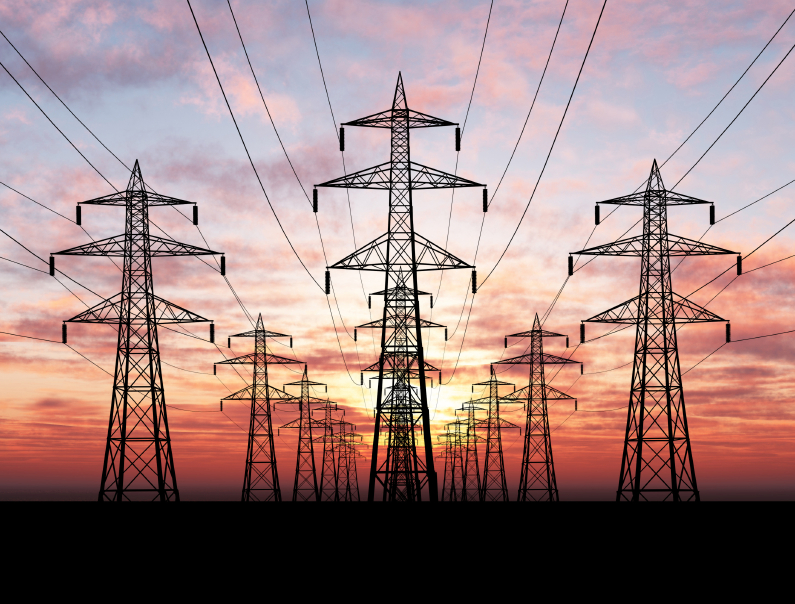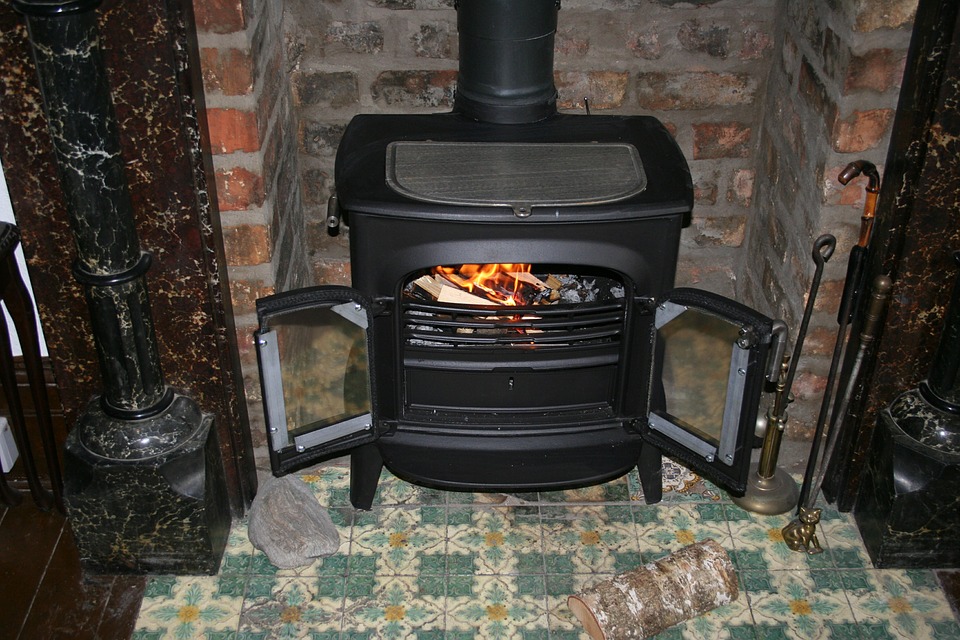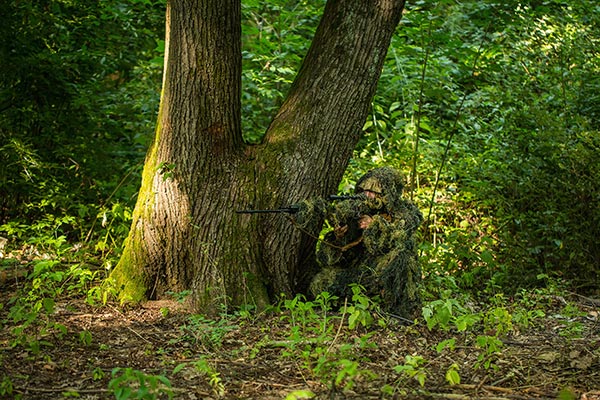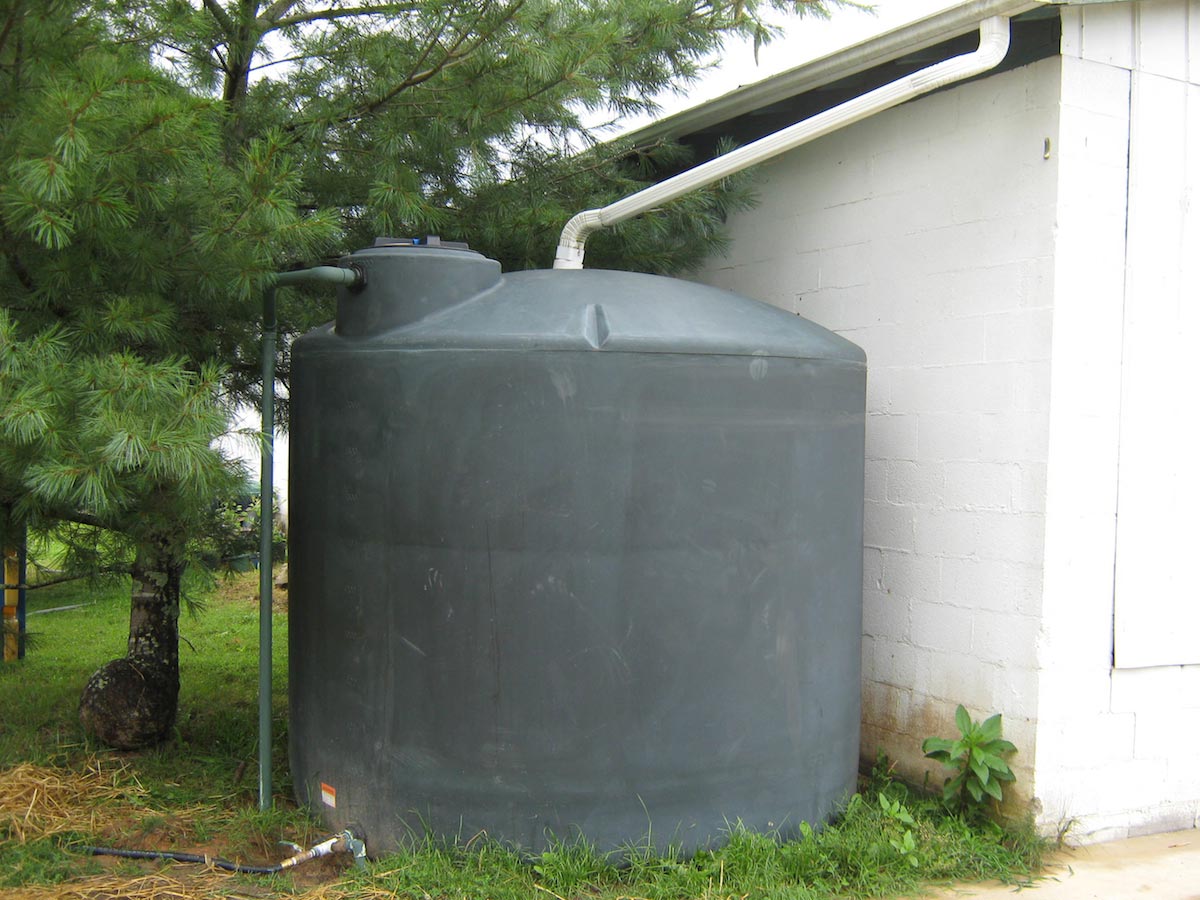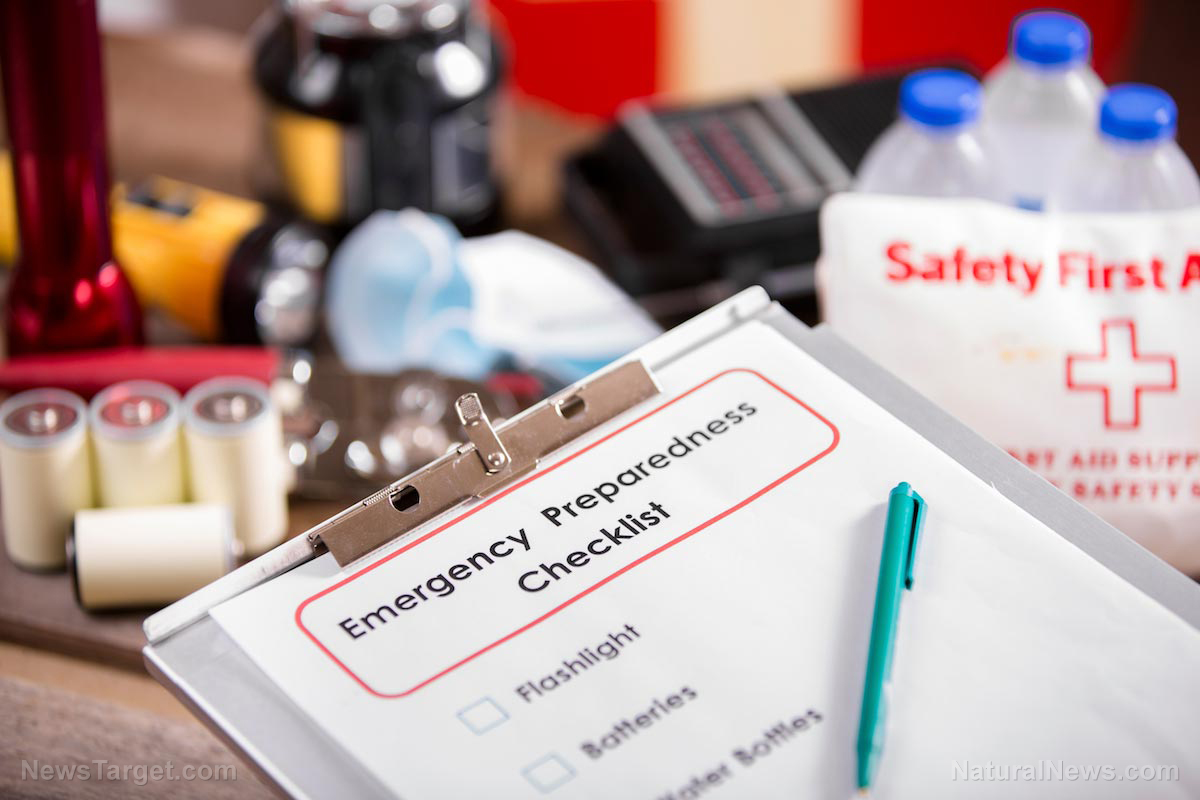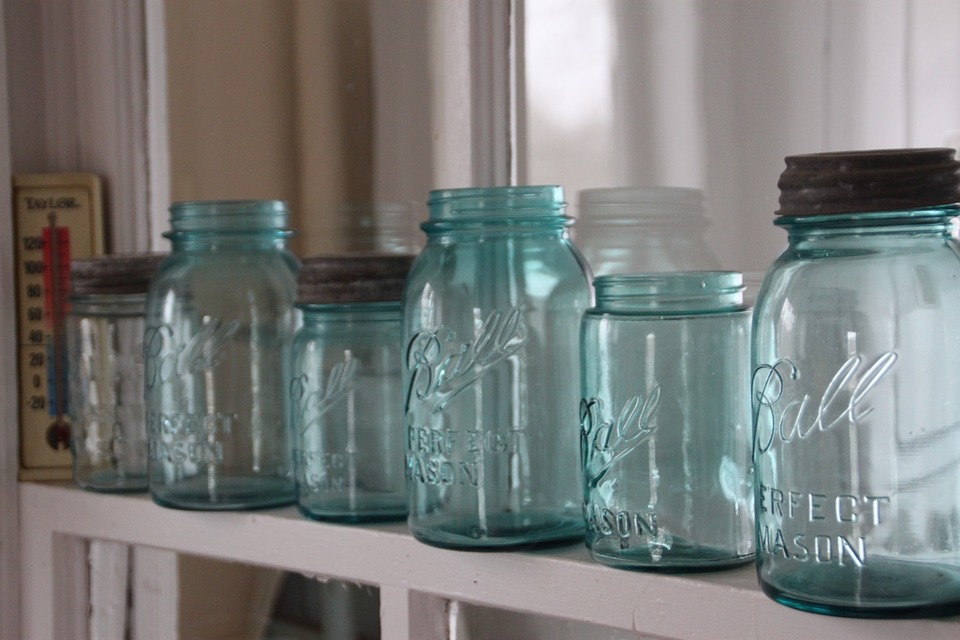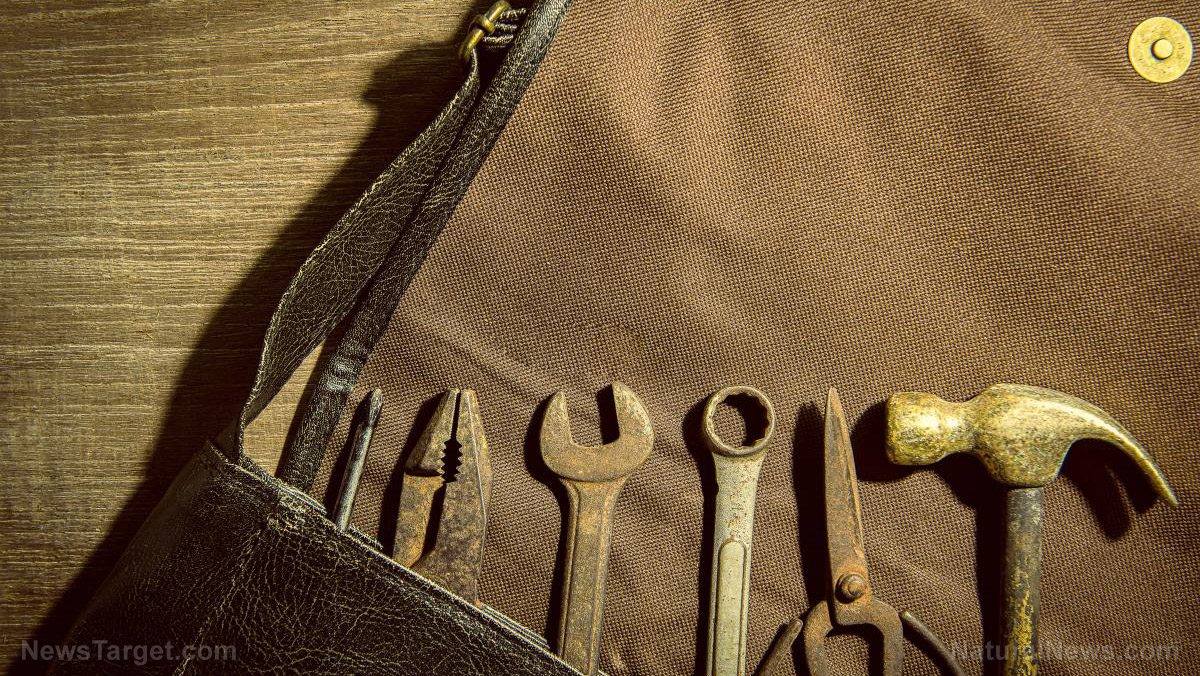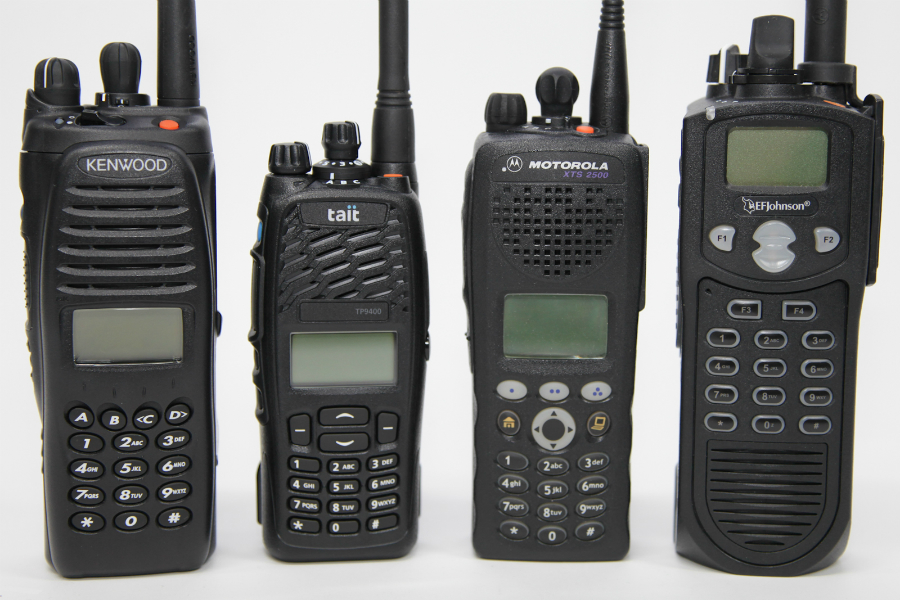Emergency shelter essentials: 7 Things you need for hassle-free off-grid living
05/05/2022 / By Zoey Sky

If you plan to evacuate and wait things out at a safe location when SHTF, you’ll need more than a bug-out bag.
Before it’s time to bug out when disaster strikes, prepare essentials like a backup power source, water and space for a survival garden in your emergency shelter. (h/t to TheOrganicPrepper.com)
Preparing your off-grid shelter before SHTF ensures that you have a safe location to take shelter in when it’s no longer safe to stay at home. Detailed below are tips that can help you set up a safe and self-sufficient bug-out location before SHTF.
Tips for planning and building your emergency shelter
First, figure out where you want to build your shelter. Try to set it up in a location within a couple of hours’ drive of where you currently live so you can quickly grab bug-out bags and drive your family to the bug-out location.
It may take some time to look for land in a safe area. Depending on where you live, you need to be away from a major city, but close enough to reach your bug-out location when SHTF and still have the resources you need to ride out the emergency.
Avoid locations with a history of droughts, fires, severe storms or other weather events. The location also needs to be away from seismic areas. However, if you live in certain states, some of these issues may be unavoidable.
After you decide on a location where you would like to build your emergency shelter, find out how to purchase land in that area.
It’s difficult to plan out some of the major details of the shelter until you know where you’ll be building it.
There are many options when it comes to building an emergency shelter. Some may opt for a cabin, tiny house or a refitted old shipping container, but one of the best options is a steel building.
A steel building is the perfect emergency shelter because it’s durable and customizable. Since steel is the strongest building material in the world, it can withstand hurricanes, tornadoes and even earthquakes.
Energy, water and a home garden
Your emergency shelter will require an energy source, ideally a sustainable one so you won’t need to rely on the grid. Your chosen power source will be needed for lights, food storage and more.
Solar panels are a great option, but it’s good to have a backup battery or generator in case you have to deal with a week of too much rain or if you have too many cloudy days. (Related: Homestead must-haves: The best solar batteries for off-grid use.)
If the shelter is near a water source like a river, you can go with a hydropower source. Wind turbines are also a good solution, especially if the area gets a lot of wind.
You also need a source of clean water for your shelter. While bottled water can get you through several days or weeks, eventually you’ll run out of water.
Before SHTF, prepare for this by finding a water source near your shelter or collecting water by placing empty barrels in the yard to harvest rainwater. Cover the barrels with a mesh screen so the water can get in, but not dirt and leaves. You can also design the roof of the shelter to collect the water for you.
Alternatively, you can get a professional to drill a well on the property. This can be expensive, but it’s a reliable way to get water after SHTF. Just make sure you have a method to purify the water to make it safe to use.
When SHTF, you also need reliable food sources in your emergency shelter. You can address this by setting up a small garden or a greenhouse to grow food.
Plant some fruits, vegetables, berries or perennial plants to ensure that you have access to food when you can’t get more supplies at the grocery store.
Here are some plants that you can grow in your survival garden:
- Beans
- Beets
- Berries
- Cabbage
- Carrots
- Corn
- Cucumbers
- Garlic
- Herbs
- Kale
- Lentils
- Melons
- Onions
- Peas
- Peppers
- Potatoes
- Spinach
- Squash
- Sweet potatoes
- Tomatoes
If you have the space, grow some chickens or livestock like goats or sheep for food and materials for clothing. You should also need to learn how to hunt and fish.
Setting up your emergency shelter
Your tasks also include getting the right tools and furniture for your emergency shelter.
Tools
Get these basic tools for maintenance and repairs:
- Bolts
- Cutters
- Duct tape
- Glue
- Hammers
- Nails
- Pliers
- Screwdrivers
- Wrenches
You also need these tools for gardening:
- Hoe
- Rake
- Shears
- Shovels
- Thick, sturdy work gloves
- Water hose
- Wheelbarrow
Furniture
If you’re fine with a minimalist setup for your shelter, you only need:
- A bed
- Chairs
- A table
- Kitchen supplies like shelves, pots and pans
Maximize your space by using a Murphy bed that lifts up so you can use the space for something else. You should also sort out plumbing and a bathroom so your family can maintain proper hygiene while bugging out.
Food storage
Depending on your skills, you can cook in your shelter or go one step further and set up an area for preserving food. Get bowls, cups, plates and silverware along with pots, pans and a way to store your food.
With a generator, you can set up a little fridge to keep food cold. You also need a dry, dark place and some airtight containers for proper food storage.
Entertainment
Entertainment might seem like a frivolous thing to prepare for your emergency shelter, but when SHTF, things like books or card games can entertain the family and help ease boredom.
Set up a shelf for your reference books and some survival guides with information that will help you live in your shelter and area.
Don’t forget to stock up on some fiction or non-fiction books that the whole family can enjoy. Younger kids can also benefit from puzzle books or illustrated storybooks.
If you want to watch movies or play video games in your shelter, you will need an energy source. Get a hand-crank radio so you can listen to local news for information about the emergency. Monitor the news to find out when you can safely return home.
Before SHTF, set up your off-grid shelter and make the necessary preparations so you have an energy source and a garden to grow your food.
Watch the video below to know how to build a frame tarp shelter.
This video is from the Lone Oak Survival channel on Brighteon.com.
More related stories:
5 innovative water harvesting techniques for dry, off-grid areas.
Top 8 houses to consider for your off-grid hideout.
How to harness solar energy to power an off-grid air conditioner.
Sources include:
Submit a correction >>
Tagged Under:
bug out, emergency shelter, energy source, Food storage, food supply, green living, home gardening, homesteading, off grid, preparedness, prepper, prepping, survival, survival gear, survivalist, sustainable living, water supply
This article may contain statements that reflect the opinion of the author
RECENT NEWS & ARTICLES
COPYRIGHT © 2017 OFFGRID NEWS

